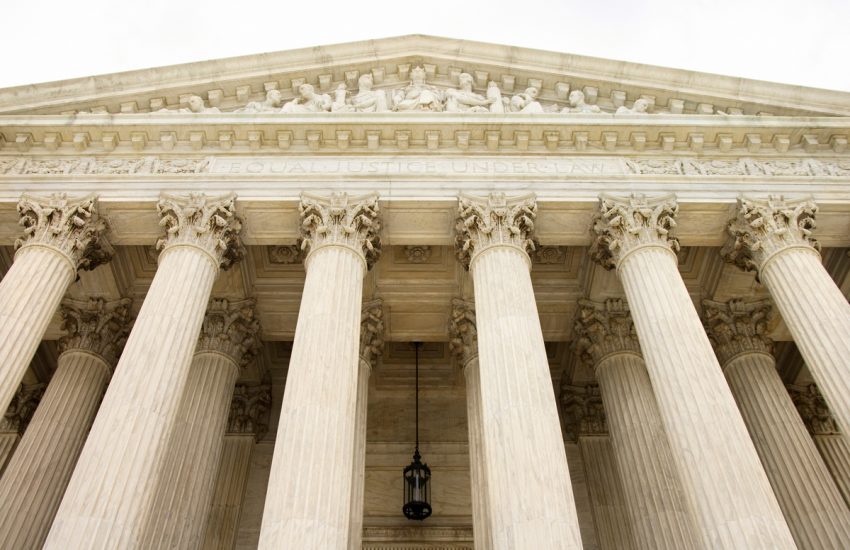In February 2024, the U.S. Supreme Court will hear oral argument on various emergency stay applications addressing whether the U.S. Environmental Protection Agency can implement its “Good Neighbor Plan” (the Plan) to reduce cross-state pollution. The court will focus on whether the Plan unreasonably limits emissions and whether the EPA properly disapproved of alternative state emission-reduction plans.
Opponents argue that the Plan arrogates the states’ authority to control emissions and air pollution. They also assert that its unworkable, confusing emissions standards will force them to spend millions in compliance costs. They claim the Plan runs afoul of the Clean Air Act’s mandate charging individual states with the responsibility of controlling their emissions and air pollution.
They also argue that, while the Plan requires the EPA to approve state plans unless they fail to meet the act’s minimum criteria, the EPA proposed to disapprove all 23 states’ plans and instead implement a federal plan, allegedly using non-statutory factors and modeling data unavailable at the time the states created their plans.
The EPA, on the other hand, believes its opponents are unlikely to prevail on their challenge to the Plan, partly because major aspects of the Plan do not take effect until 2026 which, according to the EPA, renders compliance concerns overblown. The EPA also argues that the Plan’s variety of compliance options allow those affected to achieve reductions “without overcontrolling or overburdening the industry.”
The EPA believes that it provided reasonable and adequately explained rationale for implementing a nationwide plan in lieu of the individual state plans, and that it based its regulations on technical and policy determinations supported by a “detailed record.” Failure to implement this federal plan, the EPA insists, would harm public health nationwide.
Some affected states, including Illinois, Maryland and New Jersey, also assert that a stay is not in the public interest, believing that current provisions of the Plan only require power plants to use pollution controls they already have installed.
The Plan affects nearly half the country; it requires 23 named states to enforce rules regulating companies operating within their borders in an effort reduce the effects of emissions on downwind states. At the time the states filed their emergency-stay application, the Fourth, Fifth, Sixth, Eighth, Ninth, Tenth and Eleventh circuits had all stayed the rule’s application to states within their jurisdiction that raised similar concerns.
If the Supreme Court does not issue a stay following oral argument in February, the EPA will continue its move to implement its uniform federal regulations in the various states to which the Plan applies. Companies engaged in power-generation, manufacturing, or other processes that might be subject to the Plan should keep a close eye on this ruling. They should also create at least an outline of how they might respond to the EPA’s Plan implementation if it moves forward in their state(s) of operation.

